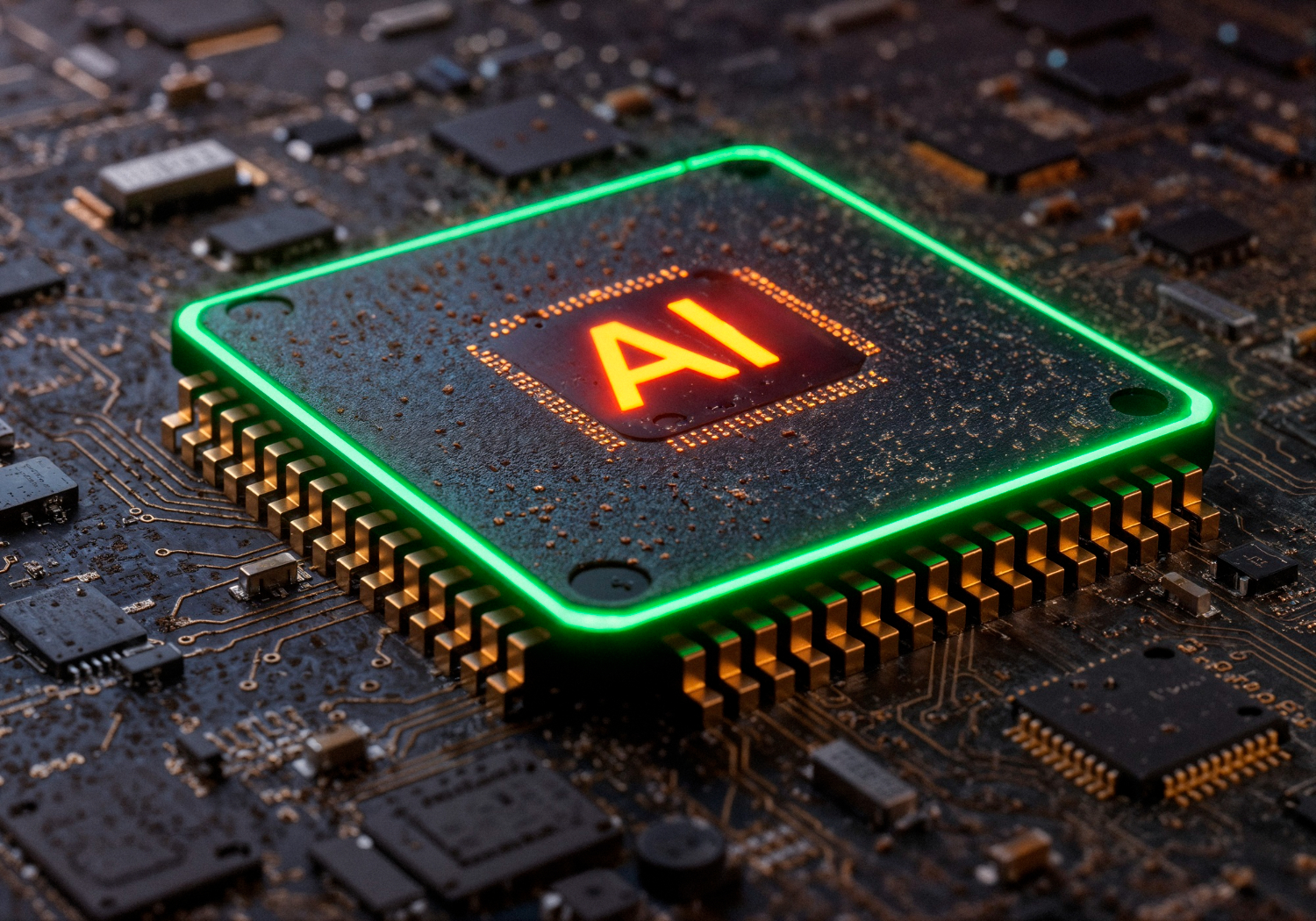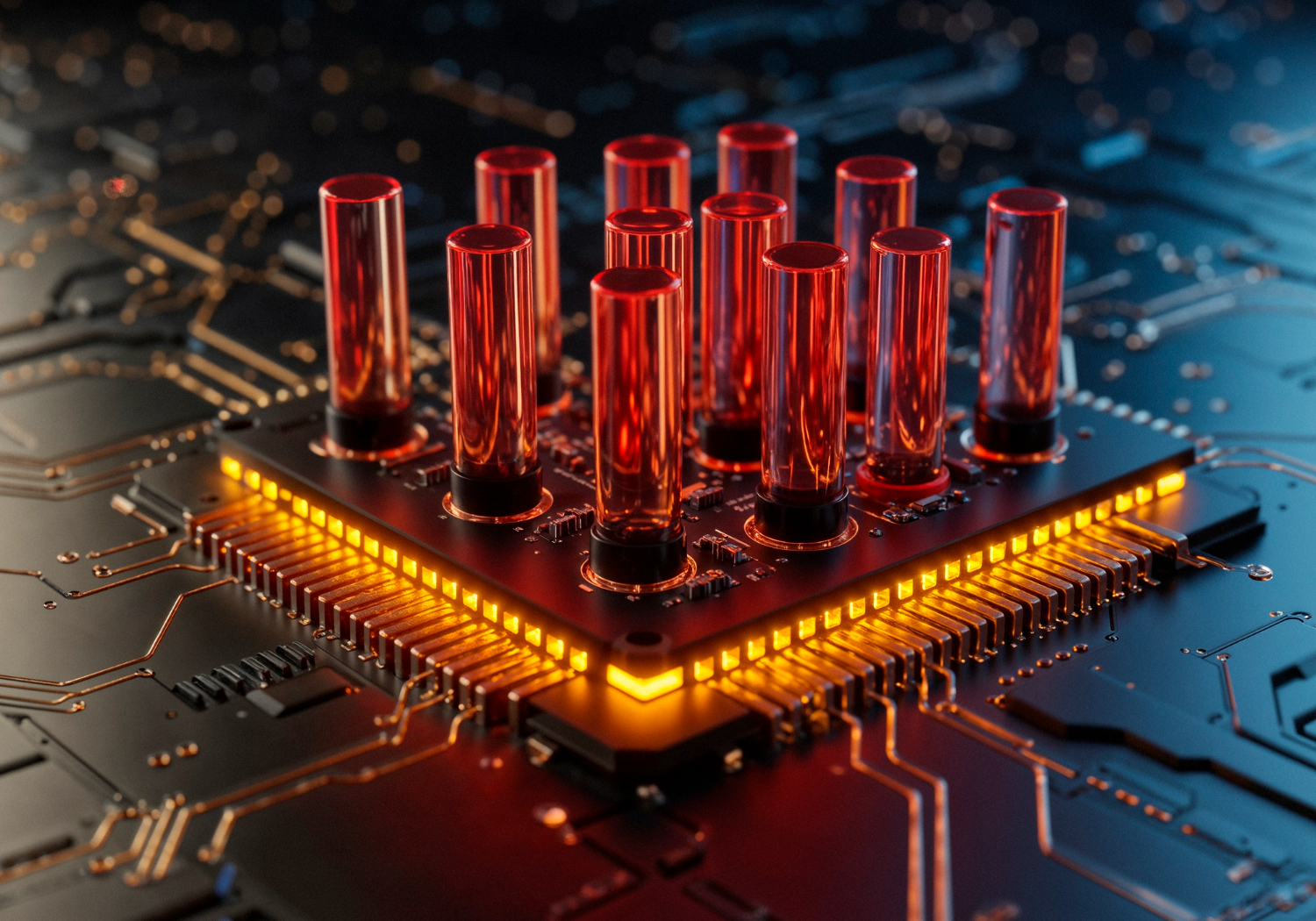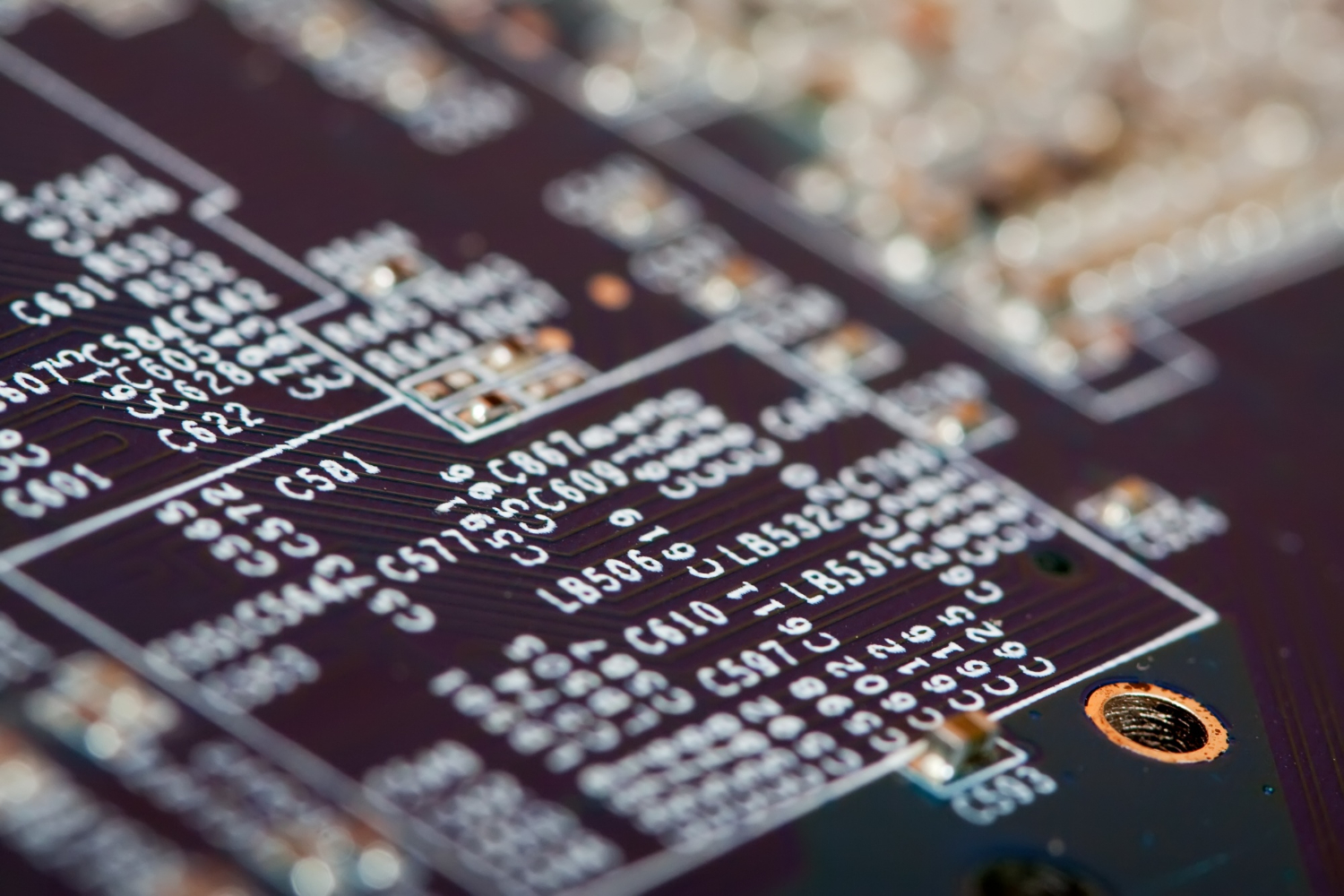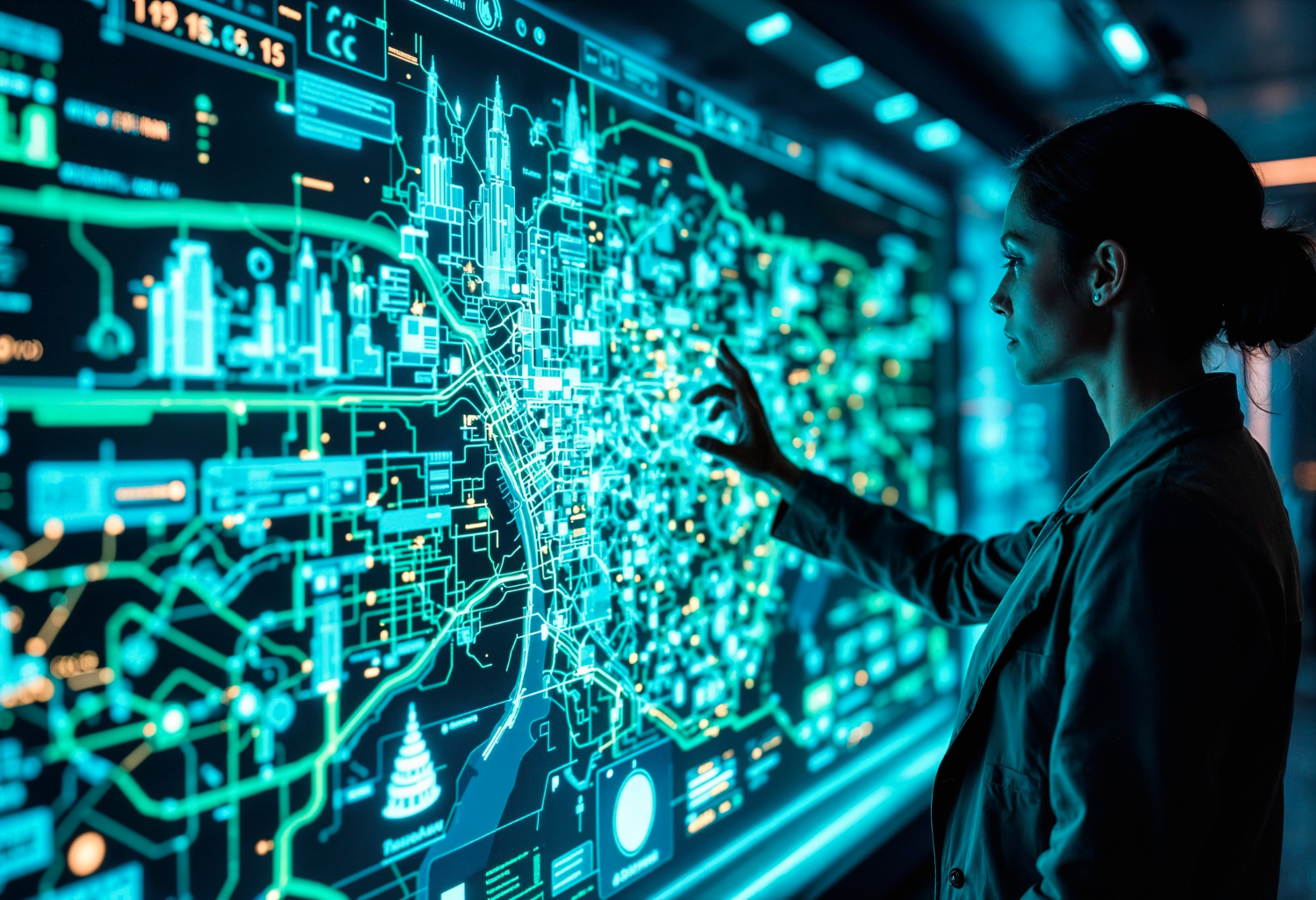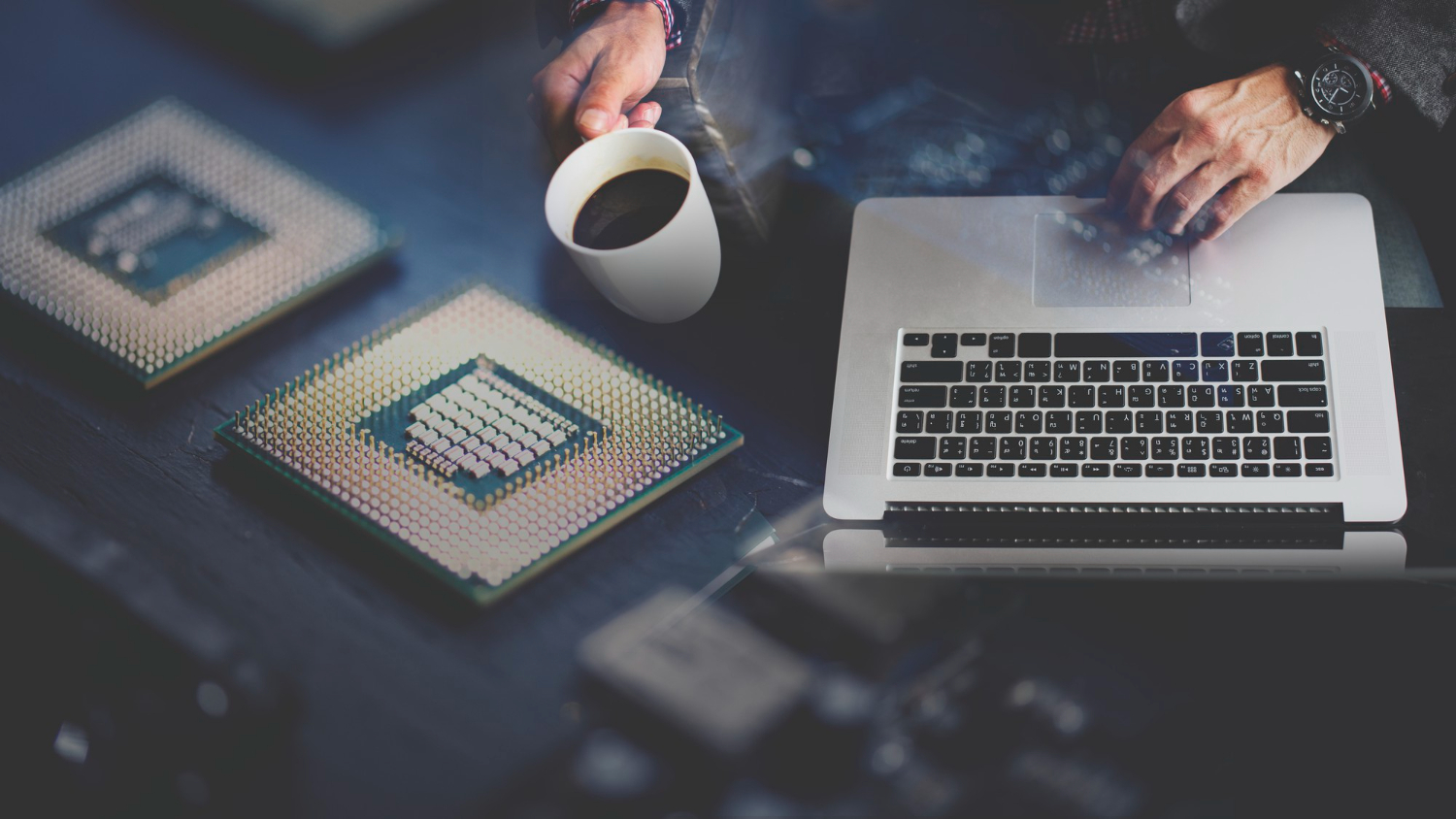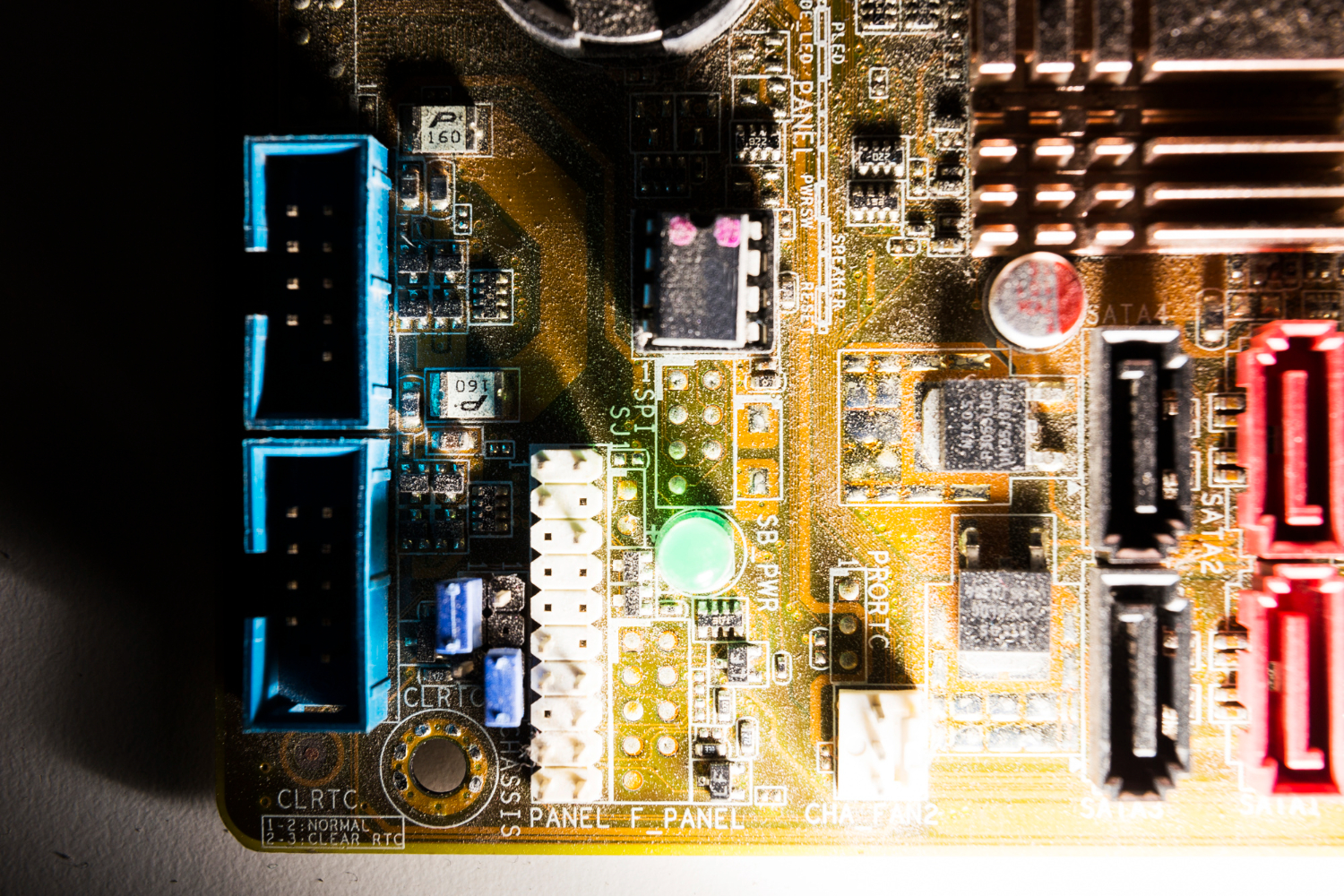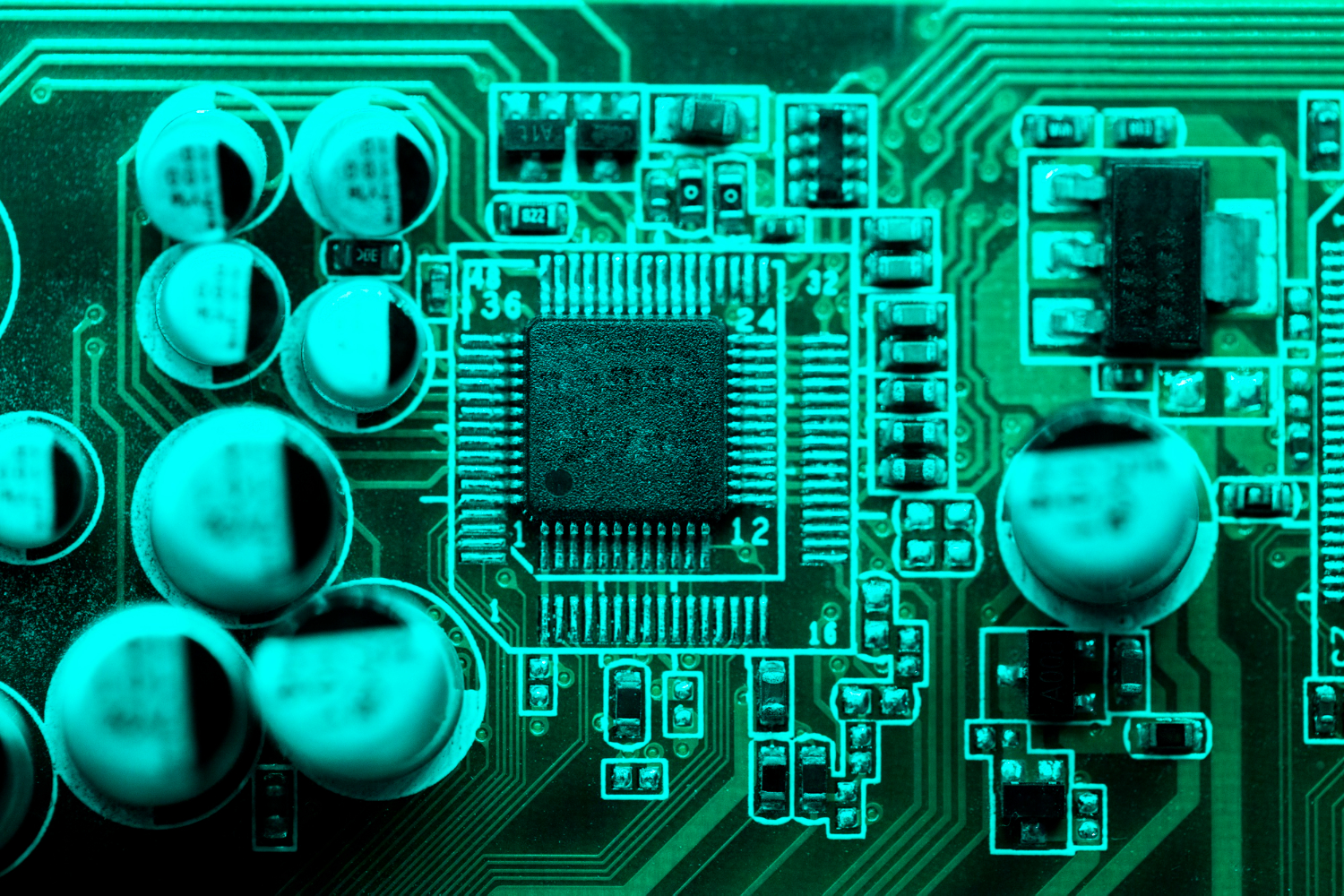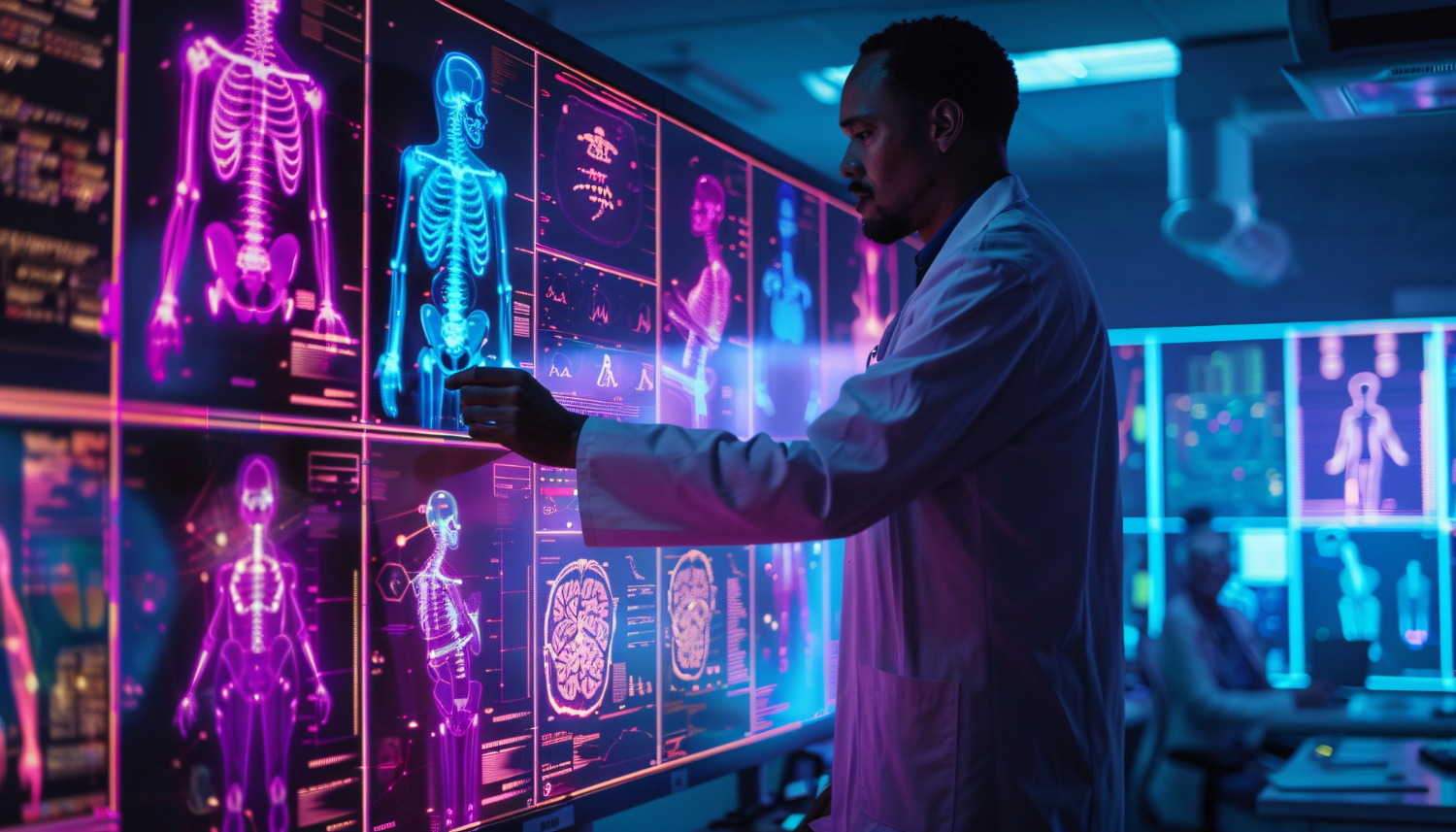Introduction
Living space trends are gradually shifting towards homes that are aware and equipped to keep you safe and comfortable. Known as smart houses, these homes have infrastructure ranging from state-of-the-art smart lighting systems to home surveillance drones designed to alert you to intruders. Many of these smart features are backed by AI technologies like computer vision, generative AI, IoT edge computing, and GPU acceleration.
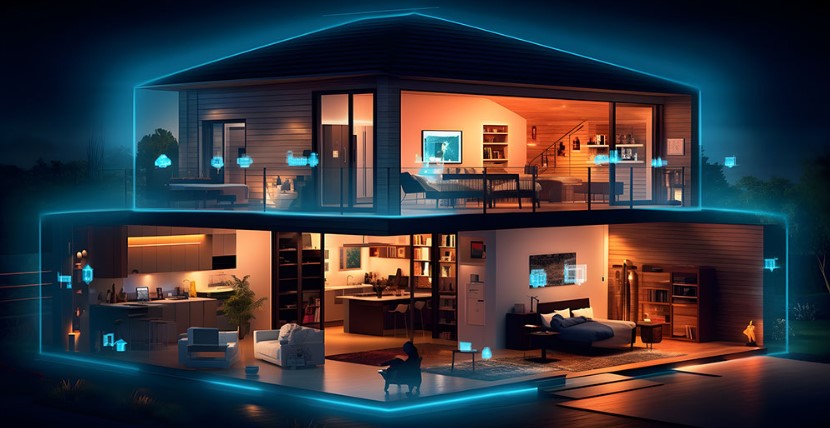
You might be thinking - we already have innovations like universal remotes that can control multiple home devices. So, why do we need smart home features with AI? Smart home features with AI go above and beyond current technology. They can learn user preferences or even detect your presence and adapt to changing conditions. For example, let’s say as the day goes on, it becomes gloomy, and your room isn’t well-lit. You don’t need to respond to the environment; the AI technology will turn on lights as needed because it already knows you don’t prefer gloomy days.
Many companies worldwide are experimenting with this concept, and accordingly, the global smart home market is projected to reach $537.01 billion by 2030. This expansion involves technologies for connecting and managing various devices and appliances, including lighting, thermostats, security cameras, and entertainment systems. We’ll discuss how integrating AI improves these systems and elevates homes to be smarter, more intuitive, and better responsive to homeowners’ needs.
AI Assistants are the Future of Home Automation
AI assistants are the future of home automation and are making our lives easier. In fact, surveys reveal that 54% of digital assistant users believe these technologies make their lives easier, while 31% view them as an integral part of their daily lives.
Imagine turning off lights, adjusting the thermostat, or even setting up security systems without lifting a finger—that’s what AI assistants can do. At their core, AI assistants use Natural Language Processing (NLP) algorithms to understand and act on voice commands. The magic behind these assistants is generative AI and IoT (Internet of Things) edge computing.
Generative AI, the technology behind ChatGPT, allows AI assistants to offer responses that are not only accurate but also make sense contextually. This means they can understand complex instructions and act accordingly to adapt to the user’s needs in real time. IoT edge computing takes this a step further by processing data on local devices rather than relying on a central data centre, reducing response times and increasing the efficiency of these systems.
Let’s look at an example. Josh.ai is a more advanced AI assistant than others we are familiar with, like Alexa, Siri, and Google Assistant. Josh uses generative AI to understand commands and make interactions feel both intuitive and human-like. It integrates with home systems through IoT and creates a seamless automation experience that makes homes not just connected but truly adaptable.
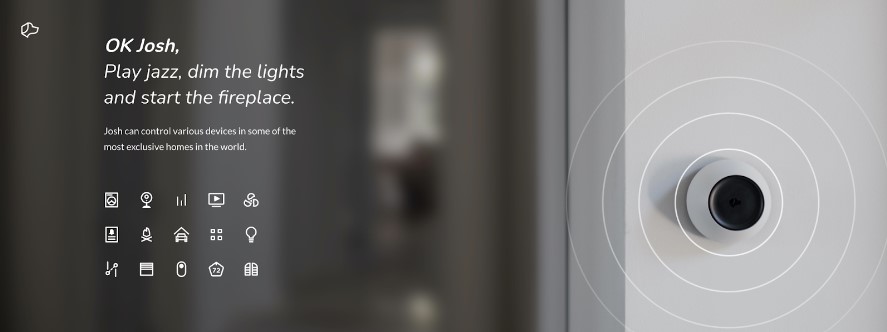
Here’s how Josh.ai works in simple terms:
- When you say, “Ok, Josh, play jazz, dim the lights, and start the fireplace,” Josh immediately understands you want to create a cosy atmosphere.
- Next, Josh communicates with your smart devices, turning on the music, adjusting the lights to a softer glow, and igniting the fireplace, all through IoT connectivity.
- After executing your commands, Josh confirms the setup to you. It also remembers your preferences, like the level of lighting or the volume of music, making your next experience even more tailored to your liking.
Say Goodbye to Forgetfulness with Smart Home Solutions
Have you ever left the house and forgotten to turn something off? There’s a technology that can automatically switch certain home appliances on or off based on your presence in the room. That’s exactly what computer vision-enabled cameras and smart lighting systems can do.
At the heart of this technology are cameras equipped with computer vision, which enable them to “see” and understand what’s happening around them. For example, they can determine whether a room is empty or occupied by identifying human shapes and movements. Once the camera detects someone entering or leaving a room, it sends a signal to the smart lighting system, which then automatically adjusts the lights. It’s convenient and also helps save energy.
Computer vision can even be used to control the lights based on hand gestures. With a simple wave of your hand, you can turn your lights on or off. According to Gartner, smart solid-state lighting has the potential to reduce energy costs by up to 90%.
An example of controlling lights with hand gestures:
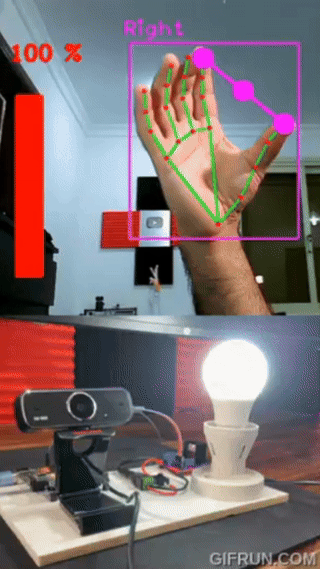
But it’s not just about lights. You could use computer vision and gestures to control your TV, adjust the thermostat, or set up your home security system. It’s like your home understands sign language, simplifying tasks and making your home smarter.
Keeping Homes Safe with AI Smart Cameras and Locks
They can watch over your property, ensure safety from unwanted intruders, and protect you and your loved ones. These guardians aren’t masked vigilantes or superheroes from comic books; they are advanced AI-integrated surveillance systems. AI-integrated technologies are increasingly being used to enhance security and restrict access to homes and private spaces. One of the key applications of AI in this domain is smart locks and security cameras.
These systems, integrated with IoT and computer vision, can monitor and allow access only to certain individuals through advanced biometric authentication methods such as face detection and recognition, retinal scans, and fingerprint scans.
Also, by using GPU acceleration, security systems can now watch for threats as they happen. There are two major benefits to using GPU acceleration here. First, it removes the need to store large amounts of data because the system processes information instantly. This not only saves storage space but also makes the system faster and more efficient. Second, since the system doesn’t have to review stored data to find threats, it operates much faster and without delays. The system quickly recognises and acts if there’s an attempted break-in or any other threat. Possible actions could be alerting the homeowner, setting off alarms, or calling the police.
A great example is Sunflower Labs’ Beehive autonomous drone system. It modernises home security by using computer vision, IoT Edge computing, and GPU acceleration.
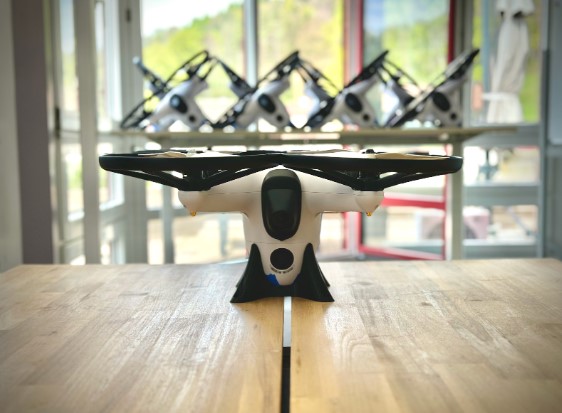
Here are some of the key features:
- 3D Property Mapping: It maps out your property in three dimensions to navigate accurately.
- Geofencing Technology: This keeps the drone within your property lines.
- Real-time Obstacle Avoidance: The drone can dodge unexpected obstacles, making it safe to operate.
- Proactive Deterrence: If it spots something suspicious, the drone can take action to scare off potential intruders.
- Object Tracking and Identification: It can tell the difference between normal activity and something that might be a security threat, allowing it to alert you only when necessary.
Using AI in the Kitchen
AI is transforming kitchens into smart culinary spaces. Smart ovens are a highlight of this change. They use AI to automatically adjust cooking settings, such as temperature and cooking time, to ensure perfect cooking.
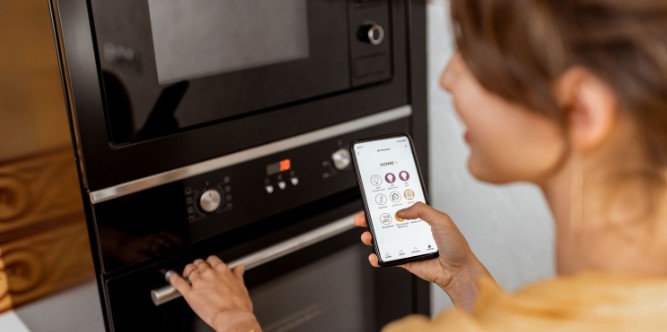
But AI’s magic doesn’t stop with cooking. It also helps keep your kitchen stocked. It tracks what’s in your fridge and pantry, reminding you when you’re running low on something or when food is about to expire. This helps cut down on waste and keeps your grocery bills in check.
Thanks to AI, our kitchens are becoming more efficient and less wasteful. It makes cooking easier and ensures that meals turn out great every time.
Check out Colorado Vacation Rental Management for vacation rental management!
The Future of AI in Smart Homes
Thanks to AI’s transformative power, the future of smart homes is brimming with possibilities. Soon, our homes will be more connected than ever before, with all appliances talking to each other in a seamless network. For example, think about a smart gardening system that knows exactly what’s happening in your garden. This system wouldn’t just water your plants; it would monitor soil moisture levels, sunlight exposure, and temperature to ensure your garden has the best-growing conditions for each plant. It means having personalised care and adjustments for your garden at your fingertips. It simplifies gardening for all experience levels and promotes sustainability through optimised water use and improved plant growth.
But it doesn’t stop there. The future also holds the promise of AI-powered robots becoming part of our households. Take Google’s PaLM-SayCan robot as an example. These robots are being designed to take over tasks like cleaning, gardening, and even assisting in the kitchen. The idea is to have these tireless companions handle the chores we find tedious, freeing up our time for the things we love to do. These robots will be more than just machines; thanks to AI advances, they’ll understand and respond to our commands in a natural way.
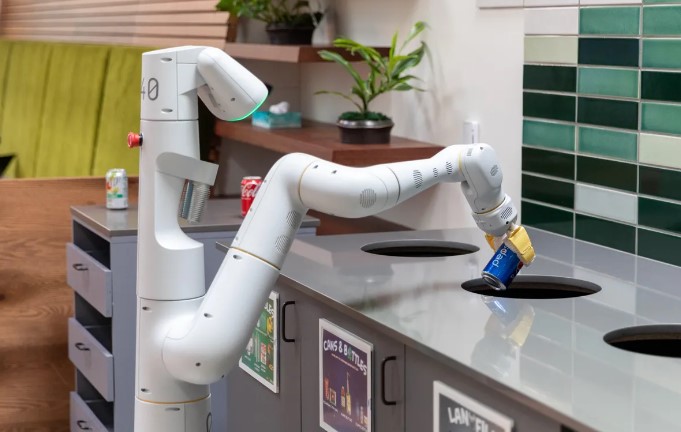
What this means for us is a home environment that’s not just smarter but also more attuned to our needs and preferences. The integration of AI into our homes is set to make our daily routines more personalised, freeing, and enjoyable.
Challenges with Respect to AI in Smart Homes
While AI promises exciting advancements in smart homes, it also presents hurdles. Security breaches, unauthorised access, and biased algorithms raise concerns about data privacy and fair treatment. New security and privacy models are needed to address these risks.
Additionally, the cost of installing, maintaining, and updating smart home systems can be a burden for homeowners. Aside from this, improperly trained AI systems may exhibit bias, requiring careful design and training. Addressing these challenges is crucial and complex. Turning to an expert may be the best way to develop and use smart home technology responsibly, and that’s where TechnoLynx can lend a hand.
What We Can Offer as TechnoLynx
At TechnoLynx, we specialise in delivering custom, innovative solutions specifically tailored to handle the unique challenges posed by implementing AI technologies. We offer precise AI-driven software solutions to answer your specific business needs. We understand the difficulties of integrating AI into traditional infrastructure and are equipped to address your concerns.
Our expertise in generative AI, computer vision, IoT edge computing, and GPU acceleration covers not just AI capabilities but also ensuring privacy, managing and analysing extensive data sets, and addressing ethical considerations. We aim to push the boundaries of innovation while ensuring adherence to vigorous safety standards. For more information, feel free to contact us.
Conclusion
AI is improving various aspects of our lives. With AI being widely accepted and adopted, it’s even begun to become a part of our homes. We are seeing AI smart home solutions, from automated lighting systems to drones that will alert us of intruders.
Bringing AI into your home can be exciting, but it also comes with challenges. Overcoming these hurdles requires collaboration between you and your AI solution provider. They should understand your concerns and address them directly.
At TechnoLynx, we specialise in creating custom AI solutions that meet your needs. We can help you navigate the challenges of home AI, pushing boundaries of innovation while keeping your privacy and reliability our top priorities.
Sources for images:
- CNET. 2020. See Google’s AI-Powered Robot at Work in a Kitchen.
- Lamp Control using Hand Gestures. 2021. YouTube.
- The Droning Company. 2023. Sunflower Labs - Security-Focused Drone-in-a-Box Solution.
- TechNewsWorld. 2023. The Smart Home Jury Is Still Out on Matter, AI Could Help.
- Volara Partners with Joshai to Bring Voice-Controlled Amenities to Hotel Rooms. no date. Hotel Management.
- Which? (2023) Smart oven explainer: what they do and how they work.
References:
- CNET. no date. See Google’s AI-powered robot at work in a kitchen.
- Gartner. 2015. Gartner Says Smart Lighting Has the Potential to Reduce Energy Costs by 90 Percent.
- Go-Globe. no date. The Rise of Virtual Digital Assistants – Usage Statistics and Trends.
- Grand View Research. no date. Smart Homes Market Size, Share & Trends Analysis Report By Product (Lighting Control, Security & Access Control, HVAC Control, Entertainment & Other Controls, Smart Speaker, Home Healthcare, Smart Kitchen, Home Appliances, Smart Furniture), By Region, And Segment Forecasts, 2020 - 2027.
- Sunflower Labs. no date. Sunflower Labs Home Security System.
- ZDNet. no date. The first GPT-powered smart home platform is here.

